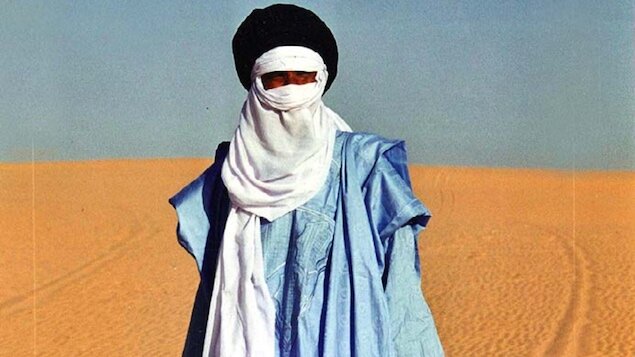Living in the Shadows of Authoritarianism
Photo Credit tabletopdeutschland
A recent Minority’s Rights International report has ranked Libya in it’s top 10 in the world of indigenous and ethnic minority communities most at risk in 2020. As the UN convenes political groups and leaders from across the country for political talks in Tunisia to end the civil war, indigineous representatives met in Libya’s Nafusa mountains denouncing the current political talks for their lack of representation. The political talks may end the current war, but those most at risk of violence in Libya may have some way to go before they find peace.
Ethnic minorities and indigiengous communities are often forgotten from Libya’s history as a result of erasure produced by decades of Qaddafi era propaganda to define Libya as an ‘Arab country’. Minorities have been neglected or offered piecemeal roles over years of political processes in Libya as a result of this how they challenge authoritarian identity at its core.
Unpopular misconceptions
Despite popular misconceptions, Libya is not just an “Arab” country. Libya is one of the most ethnically and culturally diverse countries in the MENA region. The country is home to at least five different ethnic groups and subnational communities, including the Amazigh, Tebu and Tuareg.
The Amazigh and Tuareg both belong to the same indigenous group, but they are distinct. While the Amazigh are often described as the sedentary Imazighen of Nafousa Mountain and Zuwarah in the west of Libya, the Tuareg are known for their nomadic tribal lifestyle in the Sahara Desert. The Tuareg are a subsection of the Amazigh and possess their own unique cultural practices that differ from the sedentary Imazighen.
Another of Libya’s ethnic minority communities are the Tebu, who are an entirely different ethnic group to the Amazigh with a different language, different customs and unique culture. The Tebu like the Tuareg have also mainly inhabited the deserts of Libya, often living across borders with Libya’s neighbours like the Tuareg. These ethnic minority and indigenous groups together are not small. They make up between 8-10 % of the total Libya’s ethnically heterogeneous and diverse population of six million people.
Despite this Libya’s ethnic minorities and indigneous groups have faced decades of oppression and exclusion. Ethnic minorities and indigenous peoples who vocally demand the recognition of their identity, cultural and linguistic rights, are not only at greater risk of violence but are a direct threat to authoritarianism in Libya. Recognising ethnic and indigenous groups directly challenges decades of authoritarian Arab nationalist propaganda that at its heart refuses to accept a pluralist, ethnically diverse society out of fear of how this may encourage the need for participatory politics or democracy representing the inherent diversity of the country.
To read the full report download the PDF here.

